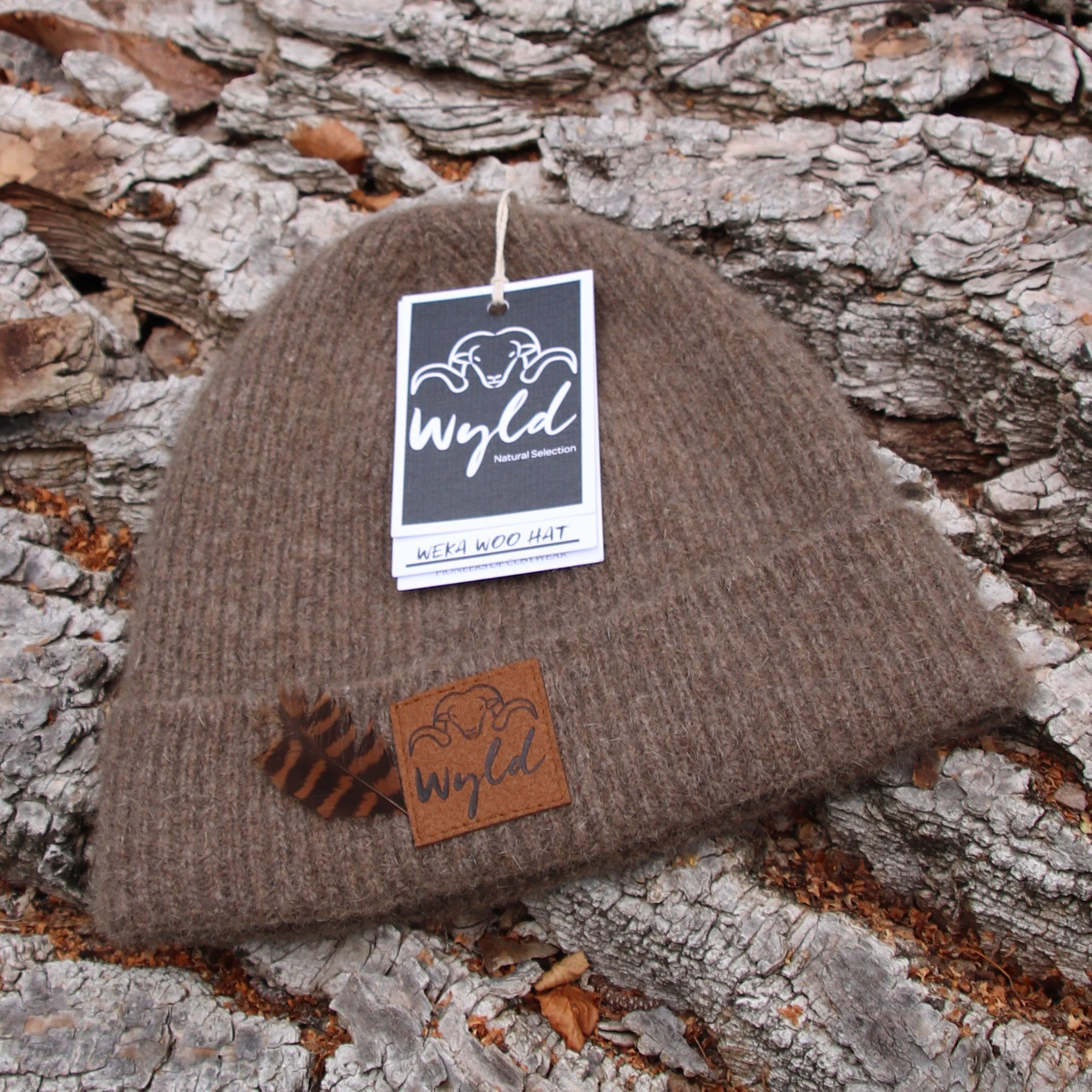Weka Weka Woo
Weka Farming and conservation
Weka, or Woodhen is a flightless native bird, endemic to New Zealand.
In the wild Weka normally have one to two clutches of 1-4 chicks per year. Juvenile Weka are sexually mature at about four to six months old. Mature females weigh between 500 – 850g and mature males weigh between 700 – 1200g. Weka are omnivorous, they have a preference for insects, but will eat fruit.
Weka are highly territorial and parents chase away offspring from their territory at about four months.
The Weka were a favourite food of Maori and the colonial explorer Brunner described them as being 'better than chicken'.
We should be known as 'Weka' because they are closer to our psyche than Kiwi. They are cheeky, outgoing and vivacious. Weka have special significance for people of the Chatham Islands. Chatham Islanders call themselves 'Weka's in the same way that New Zealanders call themselves 'Kiwis'.
Eastern Buff Weka, (Gallirallus australis hectori) were taken to the Chatham Islands in 1905 from Canterbury. They died out on the Eastern Coast of the South Island by the 1930’s. Weka have done well at the Chathams because there are no stoats, weasels or ferrets. They can legally be hunted on the Chathams. Also, DOC has a policy of exterminating them from nature reserves.
Passion for conservation
Roger Beattie spent 17 years at the Chathams often involved with conservation. Weka were a constant companion from the thick bush to the shore. You can’t live on the Chathams and not have empathy for the Weka.
Roger and Nick Beattie left the Chathams in 1992 and bought a farm on Banks Peninsula. They could see an opportunity to use Kowhai Vale as a base for re-introducing the Eastern Buff Weka to Canterbury. Roger figured that because DOC were killing them on the Chathams as an ‘introduced pest’, and also because Weka were native to Canterbury, that it would be simple. How wrong he was.
Geordie Murman, who had worked for the Wildlife Service on many of New Zealand’s offshore islands, sowed the seeds in Roger’s mind of a large predator-proof reserve. Soon after DOC was set up in 1987 Geordie suggested they build a predator-proof reserve for the Taiko on the south coast of Chatham Island. DOC wouldn’t do it. It was too radical and unproven.
The fall and rise of Eastern Buff Weka
There have been several attempts over the years to re-introduce the Weka back onto the East Coast of the South Island. They were all unsuccessful, largely due to predation. In 1994 the Kowhai Vale predator-proof reserve became the site of the first successful Weka re-introduction.
What Roger learnt from his Chatham Island conservation experience was that “…sheep, cattle, pigs, possums, rats, cats and dogs can have a severe effect on the survival ability of species that evolved without four-legged predators. Providing a secure habitat is the solution.”
50 acres at Kowhai Vale were fenced off in 1993 especially for re-introducing Eastern Buff Weka. At the time this was the first of its type and largest predator-proof reserve on mainland New Zealand. The fence took six months to construct.
Weka Woo Hat for Conservation
New Zealanders are known as ‘Kiwis’, but more appropriately we should be referred to as ‘Wekas’ because they are closer to our psyche than the Kiwi, who are nocturnal and shy. Weka, a flightless native New Zealand bird, is cheeky, outgoing and vivacious.
Roger Beattie spent 17 years on the Chatham Islands often involved with conservation. Weka were a constant companion from the thick bush to the shore.
““You can’t live on the Chathams and not have empathy for the Weka”.
”


